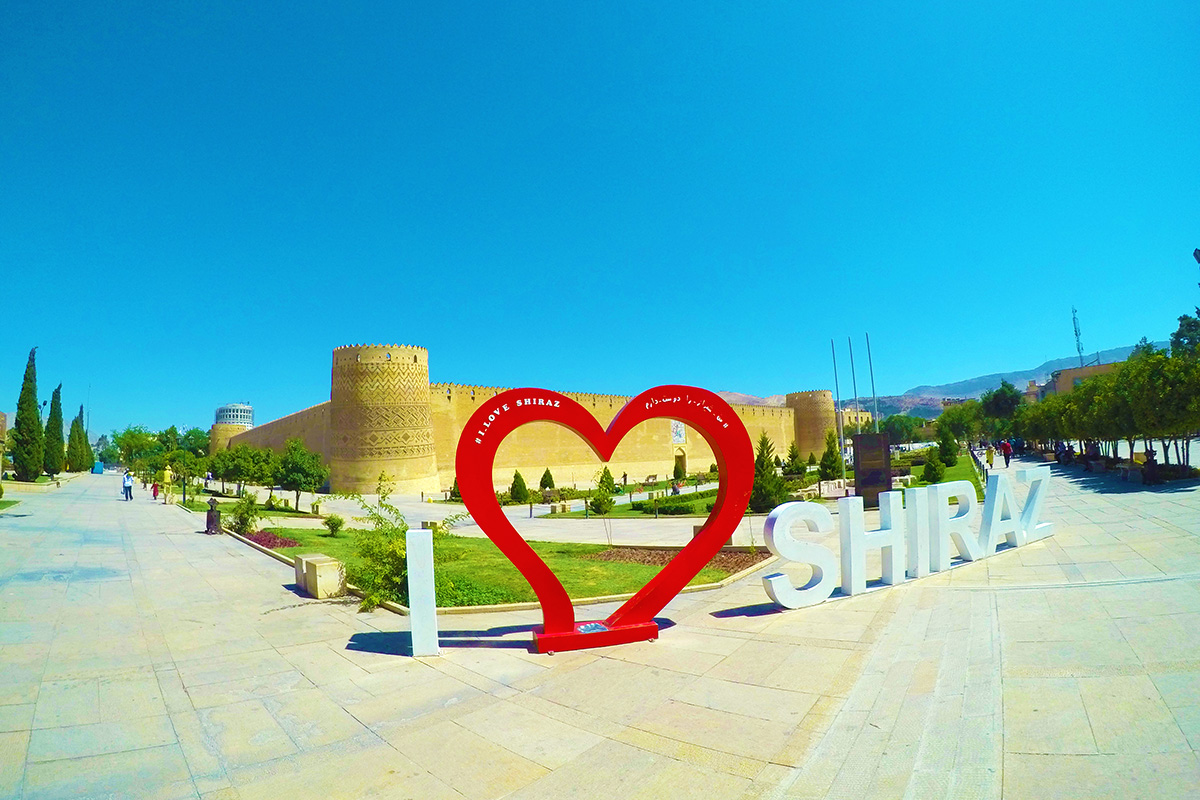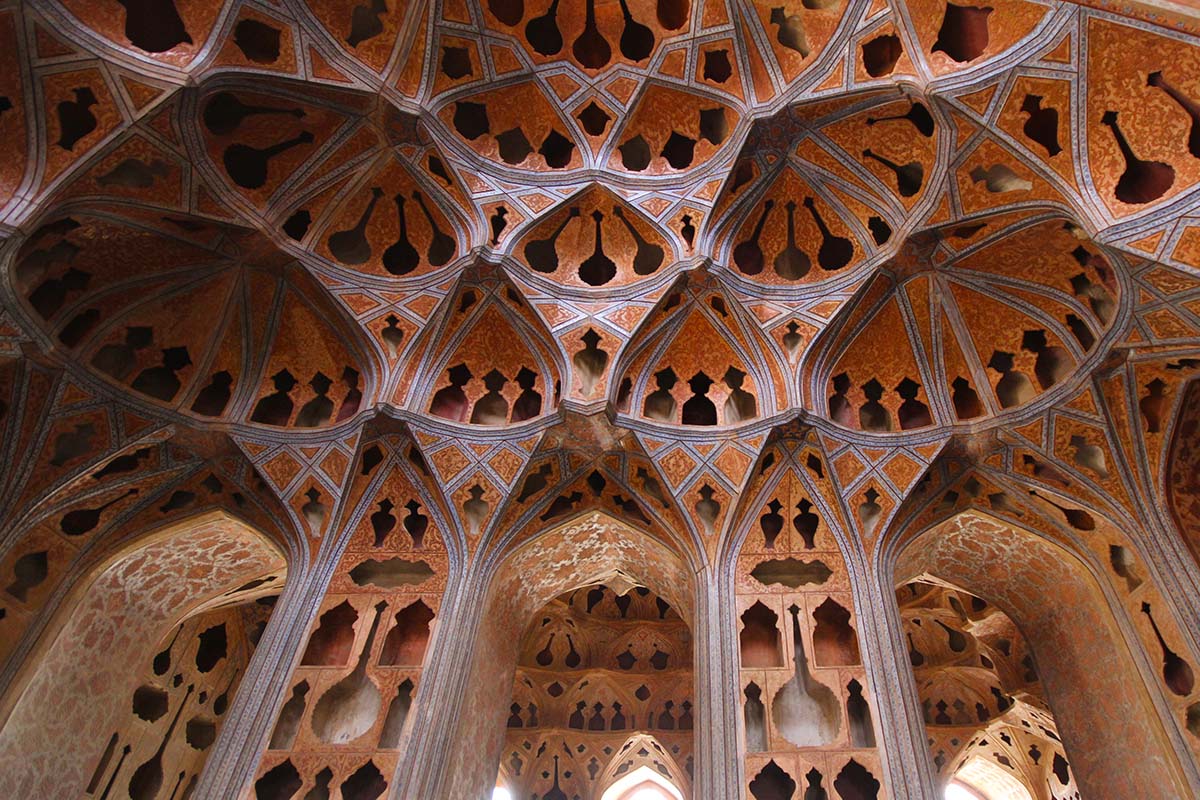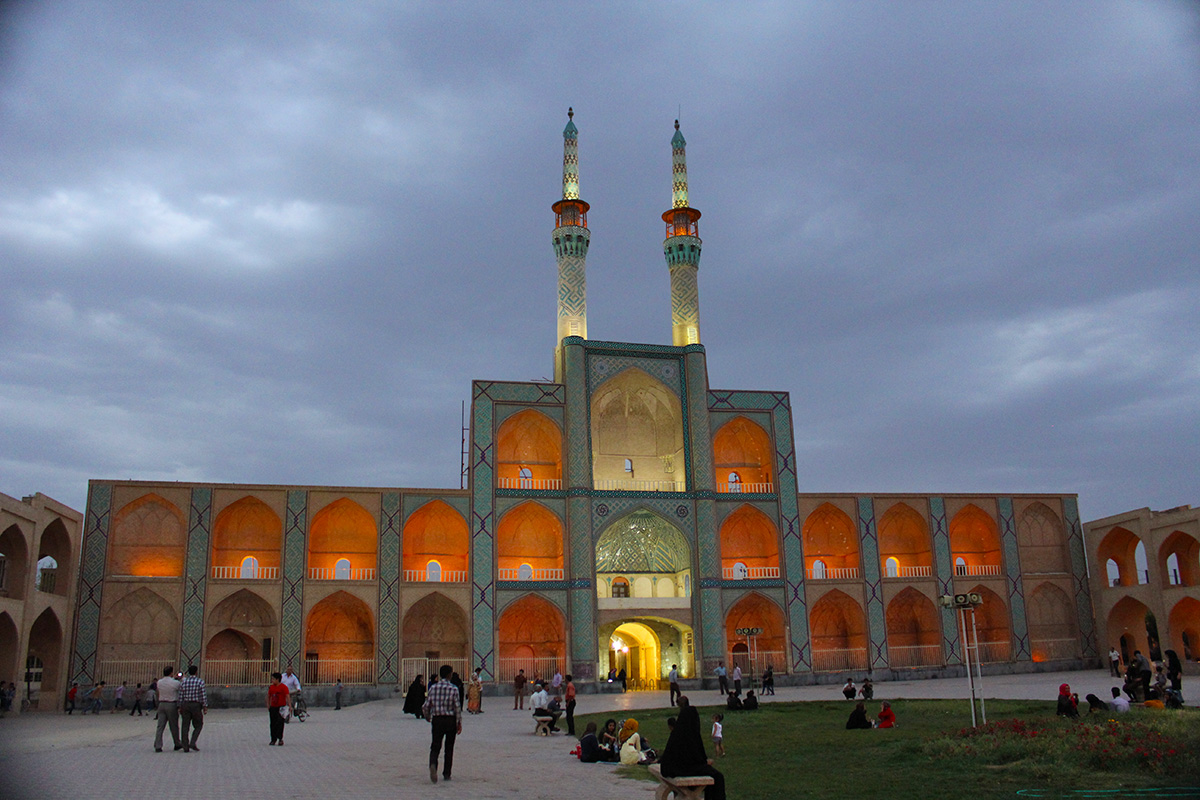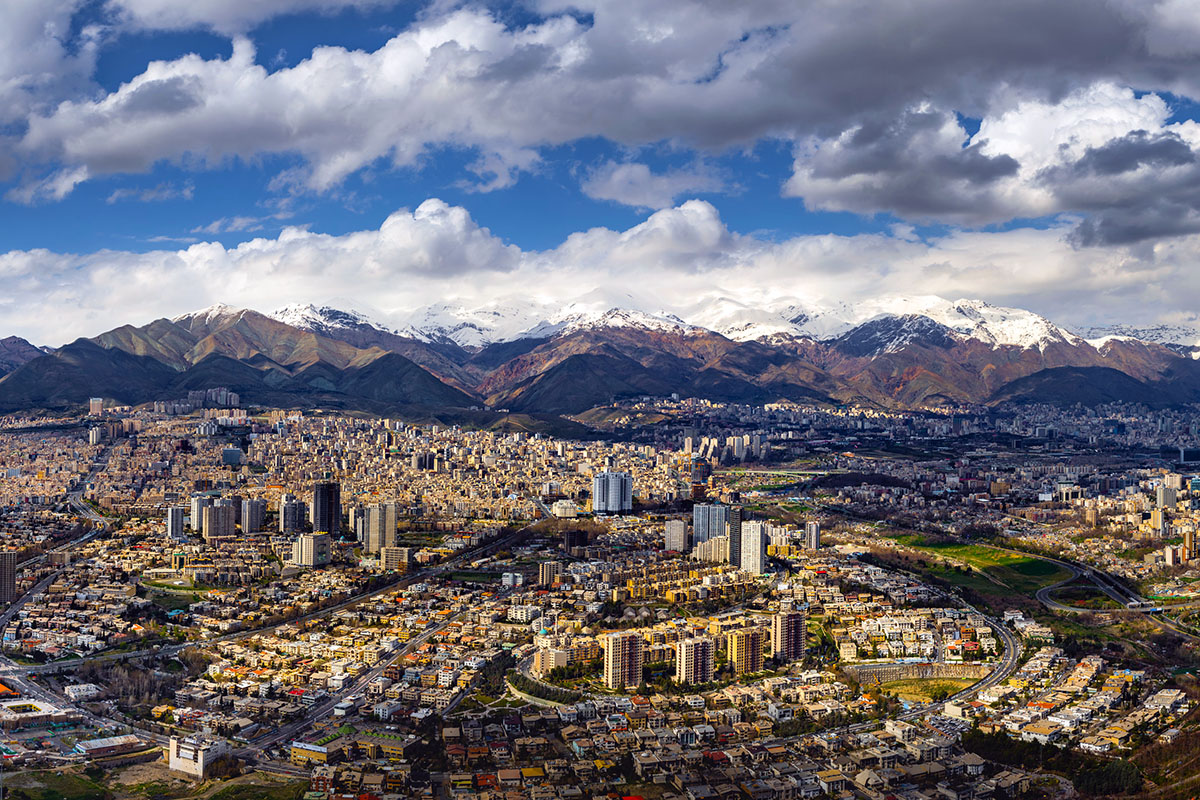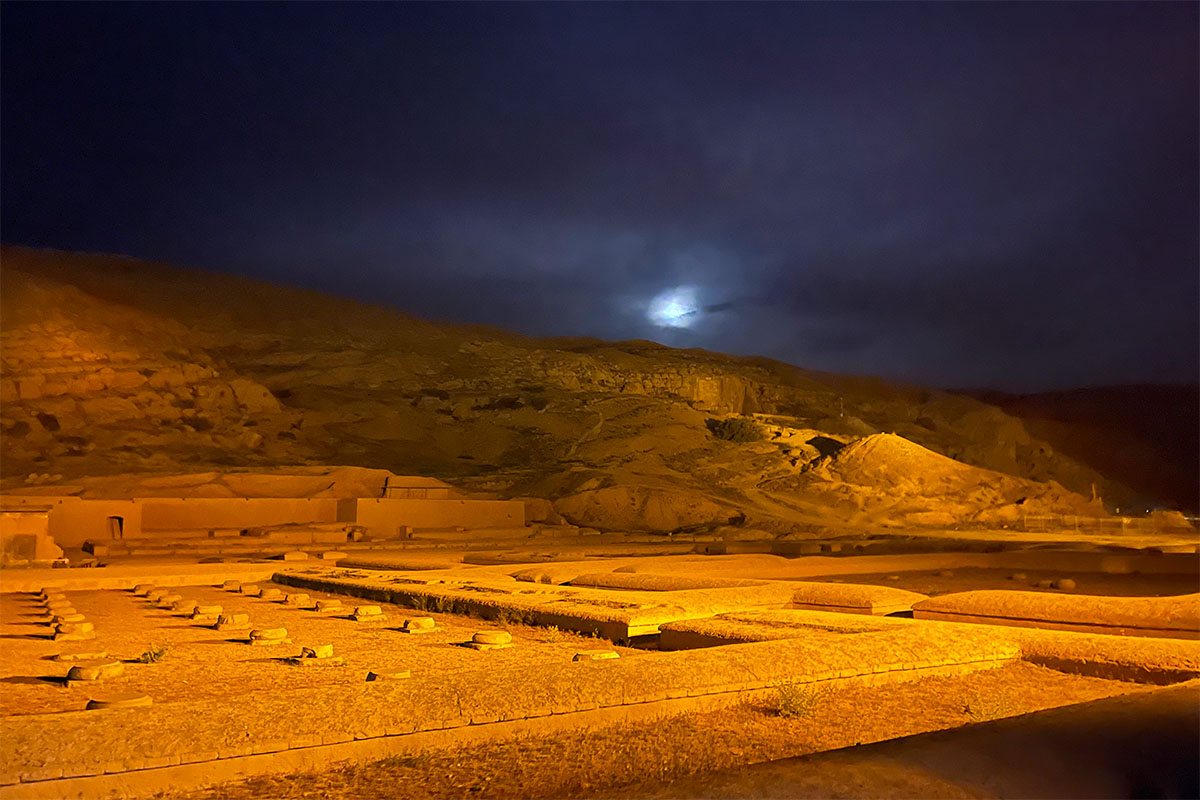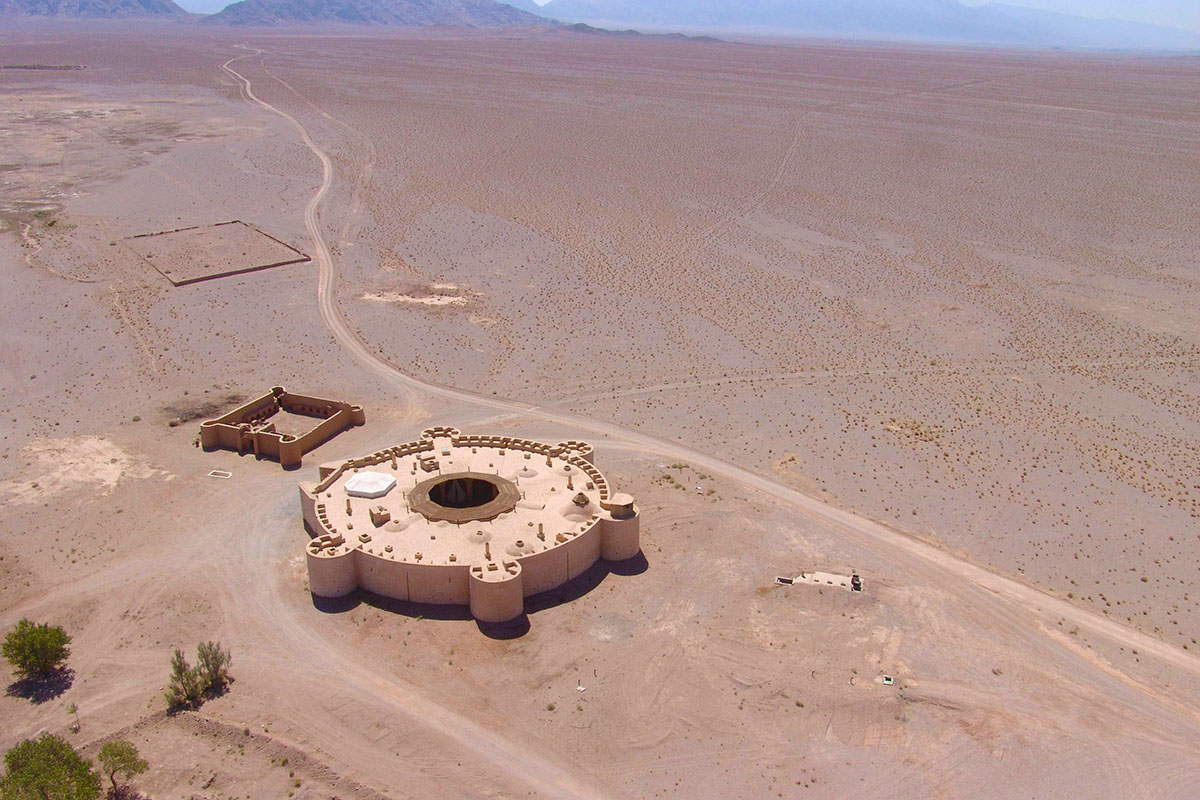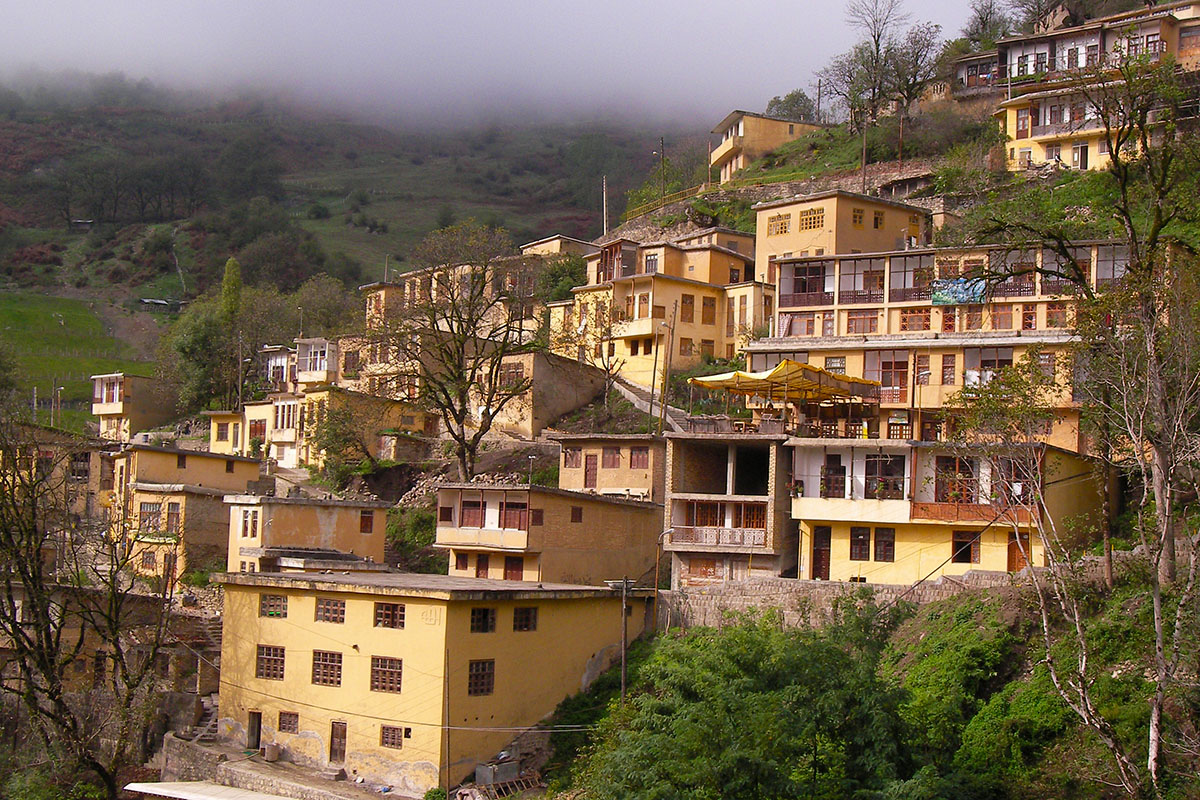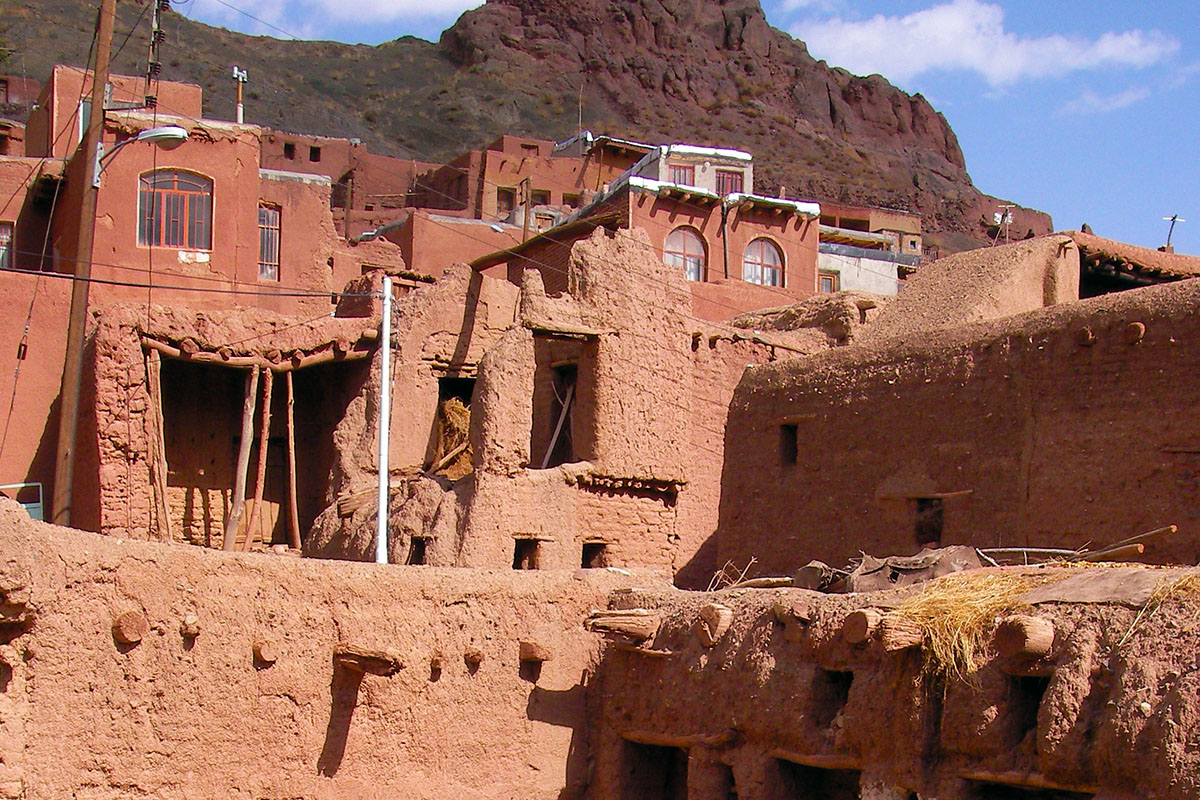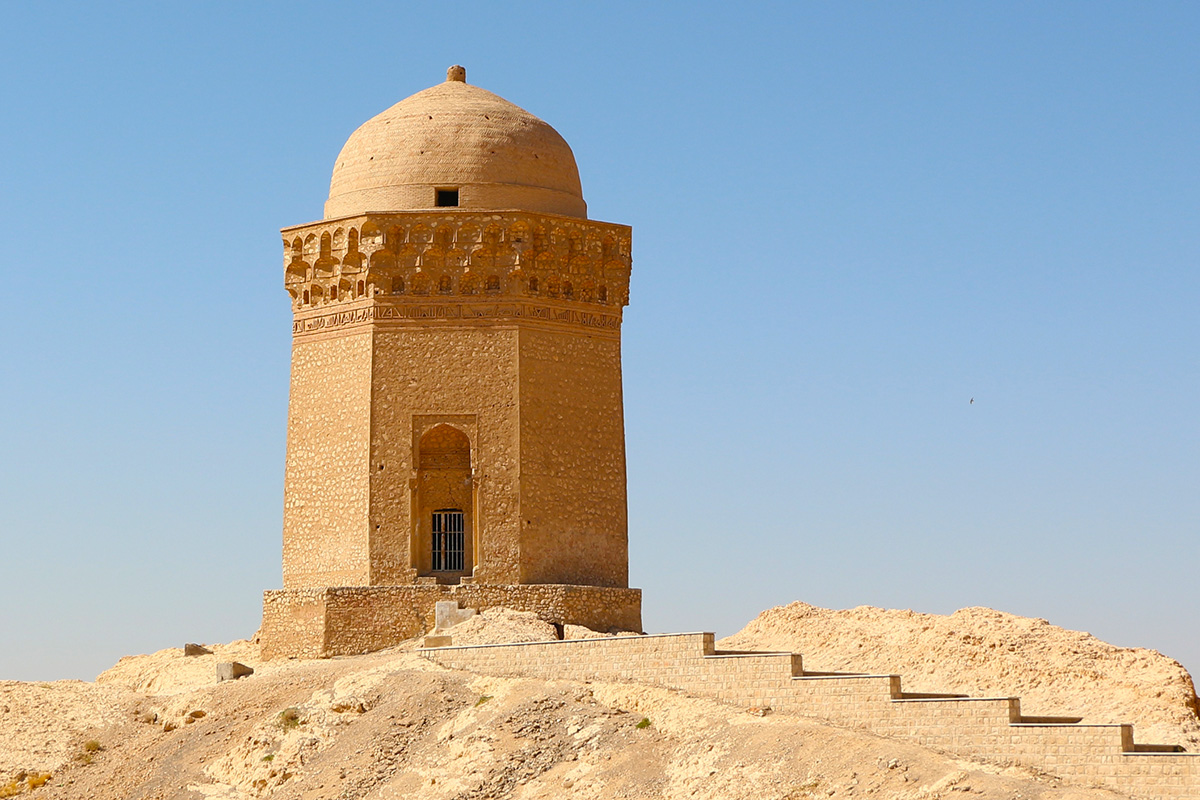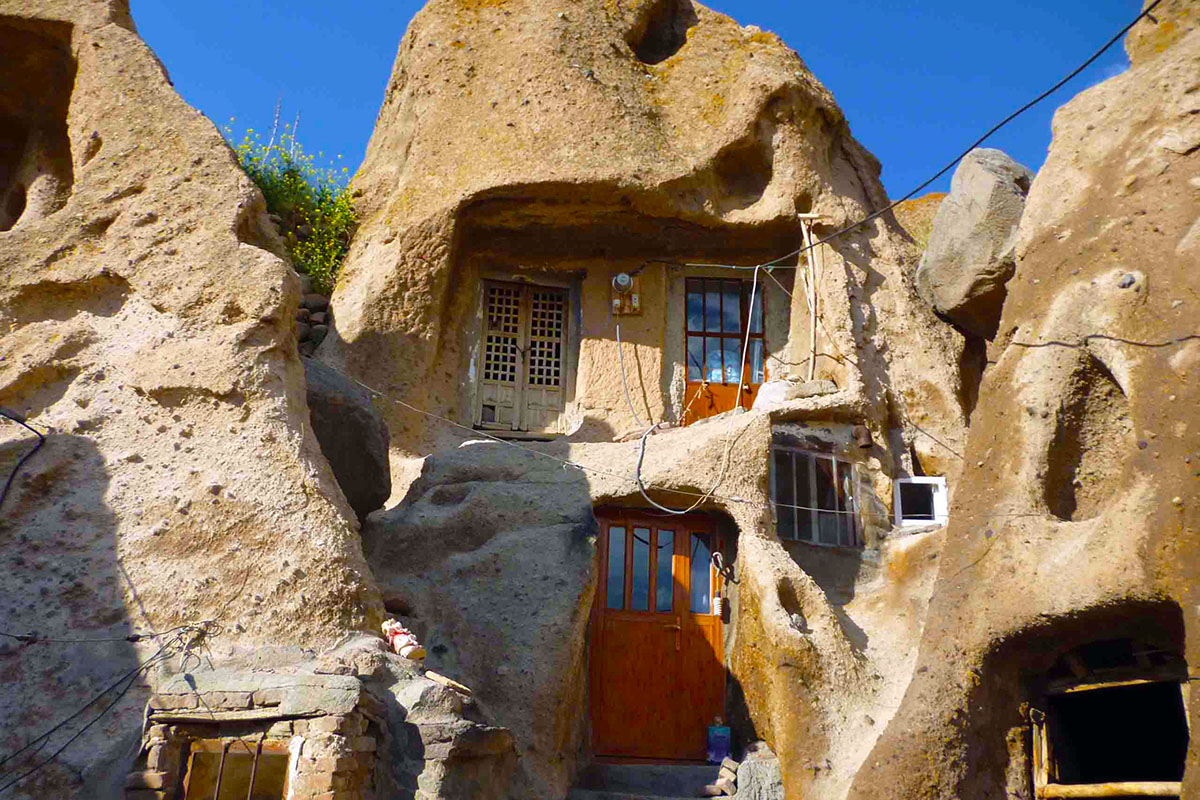Abyaneh village is located forty km of Natanz, in Isfahan province on the slopes of Mount Karkas. It is one of the most extraordinary villages to the credit of its historical buildings. Abyaneh is an area with pleasant weather and favorable natural position. In Safavid period when the Safavid kings went to Natanz in summer, many relatives and courtiers preferred to stay in Abyaneh. Abyaneh is called Viuna in the local language. Over the time the name of Viuna changed to Avianeh and then to Abyaneh. (Vi) means willow and Vianeh means willowy. Abyaneh was a willowy in the past. Houses in Abyaneh are entirely based on the mountain slopes in the north of the river Borzrud. They are created in such a way that the flat roofs of lower houses are the yard for the upper ones and no walls surround them. As a result, Abyaneh village in the first place, seems a multi-storey village and in some parts it is up to four storey. The rooms of houses are equipped with sash windows, often with a porch and wood patio overlooking the narrow streets which made spectacular and interesting scenery. The exterior façade of walls is covered with red soil, mined in the vicinity of the village. The structure of houses is "spiral-shaped" related to the three periods of Seljuk, Safavid and Qajar and there is no blind alley. The steep mountain connects houses and gardens, from north to south and vice versa .The alleys are narrow and winding in order to break the wind. This red soil used in the house structure has a feature of getting harder and harder when it rains. Over the time, the people of Abyaneh were as patient as the mountains in spite of the influx of disasters such as earthquakes and floods and retained their buildings style, with love to the tradition and architecture of their ancestors. Since in the steep slopes of Abyaneh village, there is no enough space to build the required storage rooms, it is customary in this village that each family creates caves in the hills, one kilometer away from the village, along the road near Abyaneh. These caves were dug in the hills and from the outside, only doors can be seen and are for keeping livestock and winter supplies and unnecessary materials.
Agriculture
The life of people of Abyaneh is based on the agriculture and livestock, operated with traditional methods. More women than men participate in economic affairs. Abyaneh has seven aqueducts to irrigate the fields and gardens. Wheat, barley, potatoes and fruits, especially apples, plums, pears, apricots, almonds and walnuts are obtained in Abyaneh. In recent years, carpet has become prevalent and nearly 30 workshops were established. Traditional shoe weaving was a common job for women which is today relinquished.
Language
The people of Abyaneh village retained many of their ethnic customs and traditions including language and their ancient dialect because of the mountainous region and its location away from population centers and roads. The language of people of Abyaneh is of Iranian languages of northwest. It is greatly changed over the time and now only a few of Pahlavi original words can be heard in their dialect. The traditional costume of Abyaneh is still common among its people and they show a bigotry in keeping them. The men wear long baggy trousers of black cloth and women wear long and colorful floral fabrics. In addition, women usually wear traditional white scarfs.
Attractions
Jame Mosque
This mosque is located in “Miyundeh” district of Abyaneh and has two chambers. The old chamber leads to the main alley through a short door. Its floor is wooden and in the southern wall of the chamber, there is an old wooden altar, which is among the most important monuments of Abyaneh and the date of its construction goes back to 477 AH. Plants and flowers are carved on this altar and some verses of Quran is engraved in it with embossed Kufic lines and some believe it to be the cuneiform. The mosque has wooden pulpit belonging to the Seljuk period and its construction dates back to 466. AH. On the pulpit, there are floral motifs and Kufic inscriptions. The entrance of the mosque is also carved with flowers, bushes and embossed lines. The new chamber of the mosque is a large hall which has an outlet in the ceiling in its central part. There are pillars in the hall with carved capitals. The ceiling of this hall is covered with walnut wood framed with a regular geometric pattern and there are inscriptions from Quran on that.
Abyaneh Fire Temple
This fire temple is the oldest monument of Abyaneh. It is a sample of Zoroastrian fire temples built in the mountainous communities. The fire temple is built in four-vaulted style in the district of Miyandeh and is called Harpak.
Abyaneh Castles
Abyaneh has three castles which are located in the southwest and belong to Yusmun district. This castle is built about 200 years ago and the document for its construction is also available. Hadeh castle which is in northeast of the village, belongs to the district of Hardeh. Paleh which is in the northwest of the village belongs to the district of Pol. These castles go back to the period of insurgency and people built them to maintain their own security and they were vigilant in these castles in turn.
Accommodations
Abyaneh has two hotels, the first one is called Abyaneh Hotel. There is another hotel in the lower part of village, called Viuna and there is also a traditional residency in its center named Harpak. The best season to travel to Abyaneh is spring and summer. In fall and winter, the village has its own beauty and its own audiences. In this period, the seasonal tours of Abyaneh Hotel can be used. During the New Year and Ashura, many visitors come to see this village.
How to reach
This village is accessible both from Kashan-Natanz road or the highway of Isfahan-Kashan. It is about 22 km from the road of Kashan-Natanz which is a beautiful and green route. The path is quite mountainous with valleys and all the parts are covered with green gardens.

